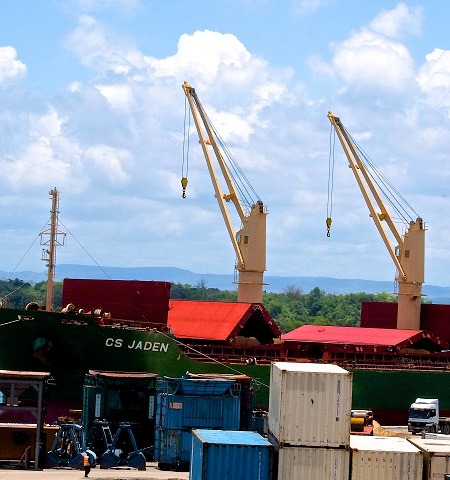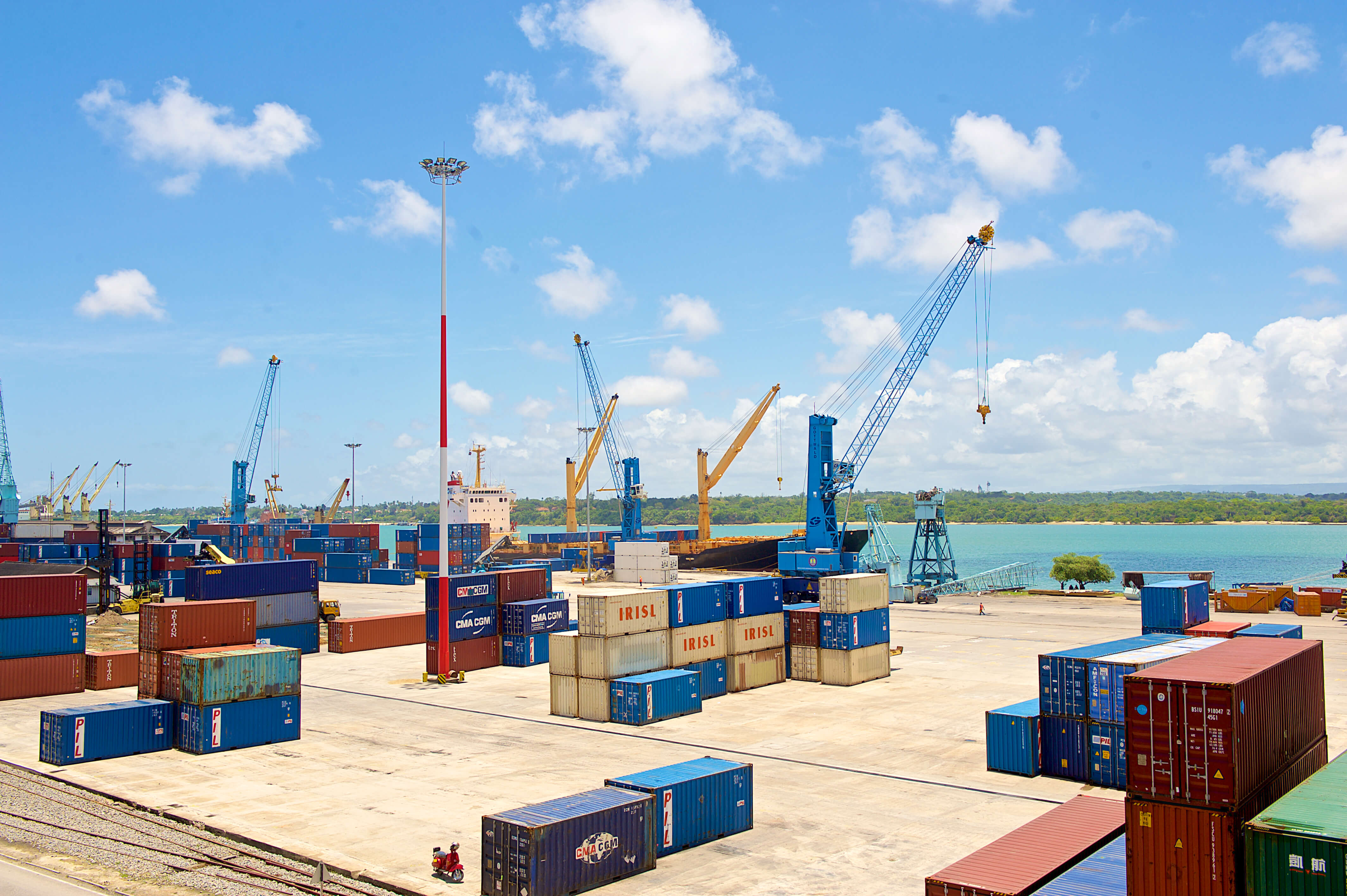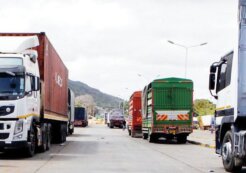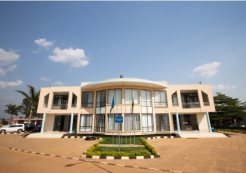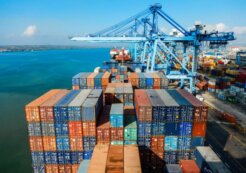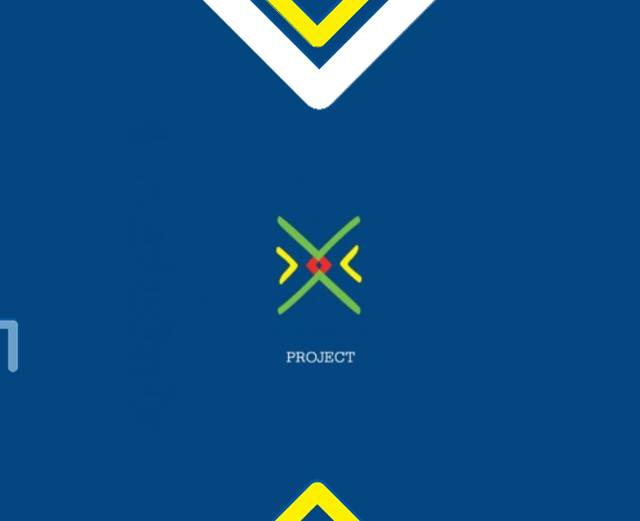The Port of Mombasa is the main gateway to the Eastern African region, serving a wide and rapidly growing hinterland consisting of Kenya, Uganda, Rwanda, Burundi, South Sudan, Northern Tanzania, Eastern Democratic Republic of Congo, Ethiopia and Somalia. The Port serves a region with a population of over 250 million people. With direct connectivity to over 80 seaports worldwide and 33 shipping lines calling at the Port, it plays a vital role in import and export transport. The efficiency of the Port has a major impact on the economies of the countries it serves and can unlock the region’s growth potential if operated efficiently and developed in step with growing trade demands. The Port of Mombasa has over the last five years recorded significant growth in traffic volumes1. Overall, the Port recorded 27.4 million tons of cargo in 2016 from 21.9 million tons handled in 2012, representing an average annual growth rate of 5.7%. Container traffic also increased from 894,000 TEU in 2012 to 1.1 million TEU in 2016, an average annual growth rate of 4.8%. The Kenya Ports Authority (KPA) has been implementing various projects to boost service levels at the Port, mainly focused on infrastructure development. With the dredging of the Port in 2012 and expansion of handling capacity, vessels calling at the Port have also increased in size.


